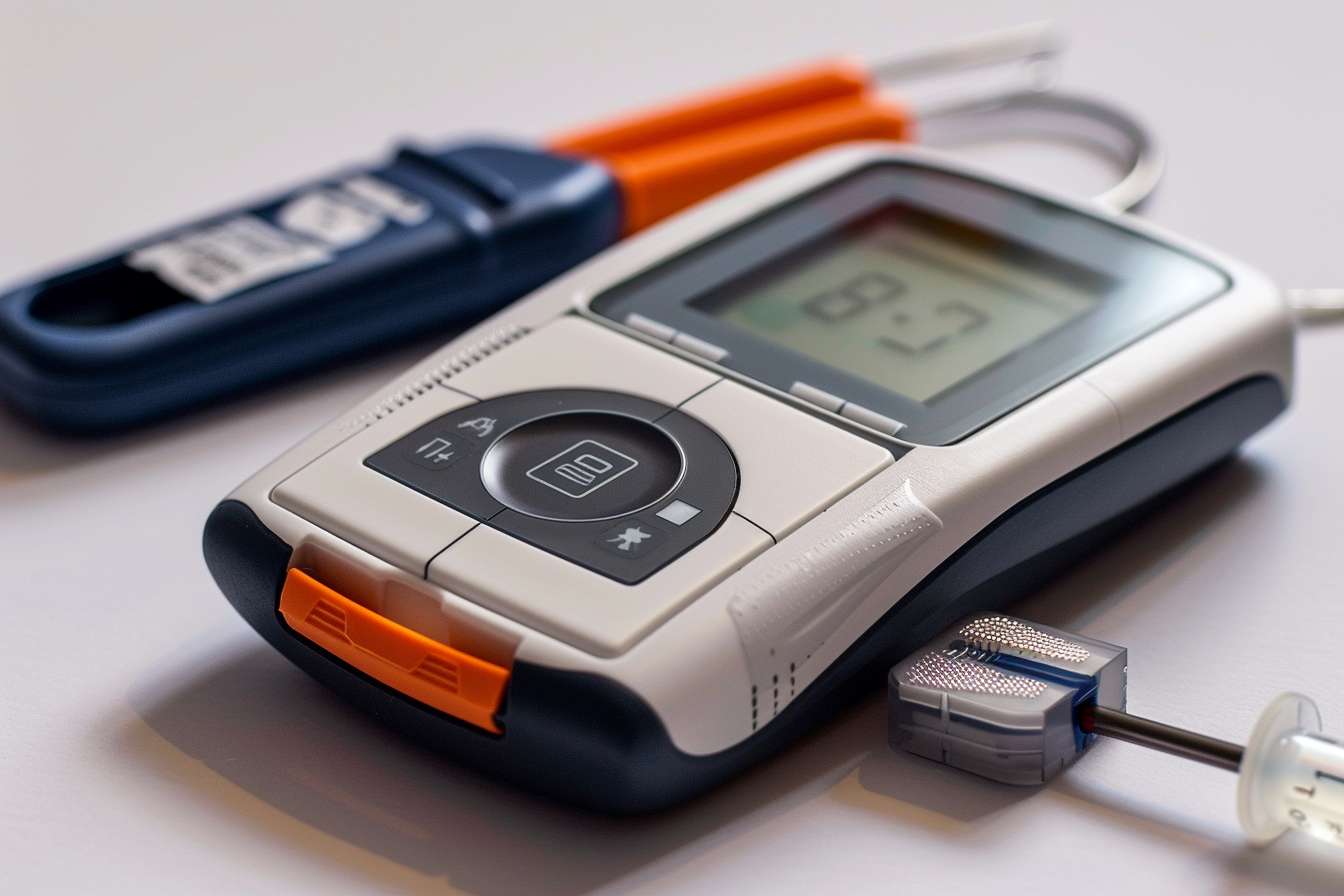Glucose Monitoring Programs – How to Access Affordable Technology for Diabetes Care?
Managing diabetes effectively is crucial for maintaining health and improving quality of life. Thankfully, government-backed glucose monitoring programs are making advanced technology accessible and affordable for those in need. These initiatives provide innovative tools to track glucose levels, ensuring better health outcomes for millions of individuals. Read on to uncover how you can benefit from these programs and take control of your diabetes care. This is your opportunity to simplify your journey toward better health management.

What are continuous glucose monitors and how do they work?
Continuous glucose monitors are wearable devices that provide real-time glucose readings throughout the day and night. Unlike traditional fingerstick methods, CGMs use a tiny sensor inserted under the skin to measure glucose levels in the interstitial fluid. This data is then transmitted to a receiver or smartphone app, allowing users to track their glucose trends and receive alerts for high or low blood sugar levels.
What are the benefits of using a wearable blood sugar monitor?
A wearable blood sugar monitor offers several advantages over traditional glucose testing methods. First, it provides a more comprehensive picture of glucose levels, capturing fluctuations that might be missed with intermittent testing. This continuous data helps users and healthcare providers make more informed decisions about diabetes management. Additionally, CGMs reduce the need for frequent fingersticks, making glucose monitoring less painful and more convenient for users.
How do blood sugar monitors without finger pricks improve diabetes care?
Blood sugar monitors without finger pricks, such as CGMs, significantly improve diabetes care by offering a less invasive and more user-friendly approach to glucose monitoring. By eliminating the need for multiple daily fingersticks, these devices increase user compliance and provide a more detailed view of glucose patterns. This comprehensive data allows for better-informed treatment decisions, potentially leading to improved glycemic control and reduced risk of diabetes-related complications.
What are government glucose monitoring programs and who qualifies?
Government glucose monitoring programs are initiatives designed to make CGM technology more accessible to individuals with diabetes. In the United States, Medicare now covers certain CGM systems for beneficiaries who meet specific criteria. To qualify, individuals typically need to have diabetes, require frequent insulin adjustments, and perform multiple daily blood glucose tests. Some state Medicaid programs also offer coverage for CGMs, although eligibility requirements may vary.
How can patients access affordable CGM technology through these programs?
Accessing affordable CGM technology through government programs involves several steps. First, individuals should consult with their healthcare provider to determine if they meet the eligibility criteria for CGM coverage. If eligible, the next step is to obtain a prescription for a CGM system. Patients can then work with their healthcare provider and a medical equipment supplier to submit the necessary documentation to Medicare or their state Medicaid program for approval.
What are the costs associated with CGM systems and available assistance?
The cost of CGM systems can vary significantly depending on the brand, model, and insurance coverage. Without insurance, CGM systems can cost between $1,000 to $1,500 for the initial setup, with ongoing expenses for sensors and supplies ranging from $300 to $500 per month. However, with government glucose monitoring programs and private insurance coverage, these costs can be substantially reduced.
| Program/Provider | Initial Cost | Monthly Supply Cost | Coverage Type |
|---|---|---|---|
| Medicare | $0-$200 | $0-$50 | Partial |
| Medicaid (varies by state) | $0-$100 | $0-$30 | Full or Partial |
| Private Insurance | $50-$500 | $30-$150 | Varies |
| Manufacturer Programs | Varies | Varies | Assistance |
Prices, rates, or cost estimates mentioned in this article are based on the latest available information but may change over time. Independent research is advised before making financial decisions.
In conclusion, glucose monitoring programs are revolutionizing diabetes care by making advanced CGM technology more accessible and affordable. These initiatives, combined with the benefits of wearable blood sugar monitors and blood sugar monitors without finger pricks, are empowering individuals to take control of their diabetes management. By understanding the available programs and working closely with healthcare providers, patients can access the tools they need for better health outcomes and improved quality of life.
This article is for informational purposes only and should not be considered medical advice. Please consult a qualified healthcare professional for personalized guidance and treatment.



